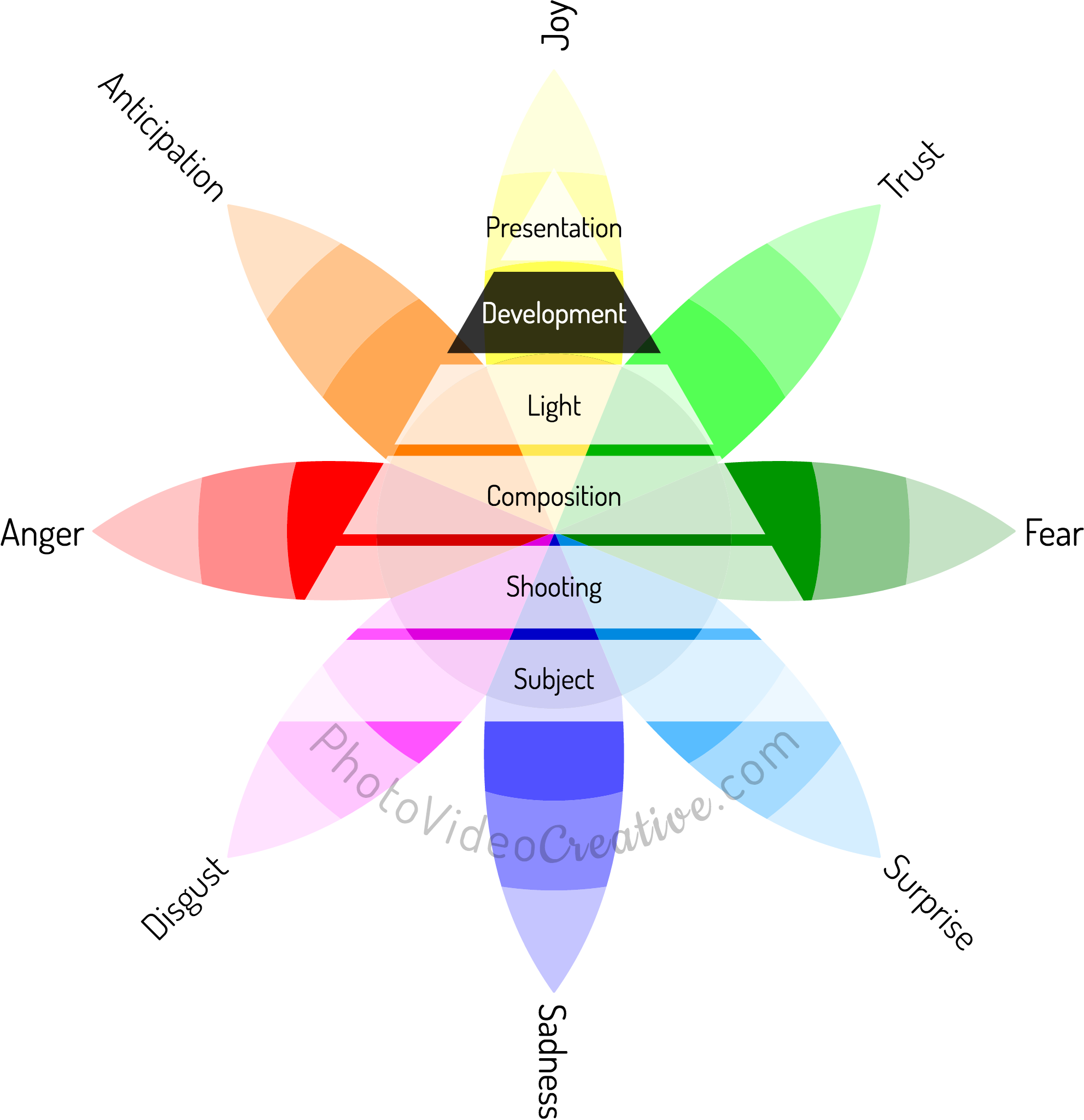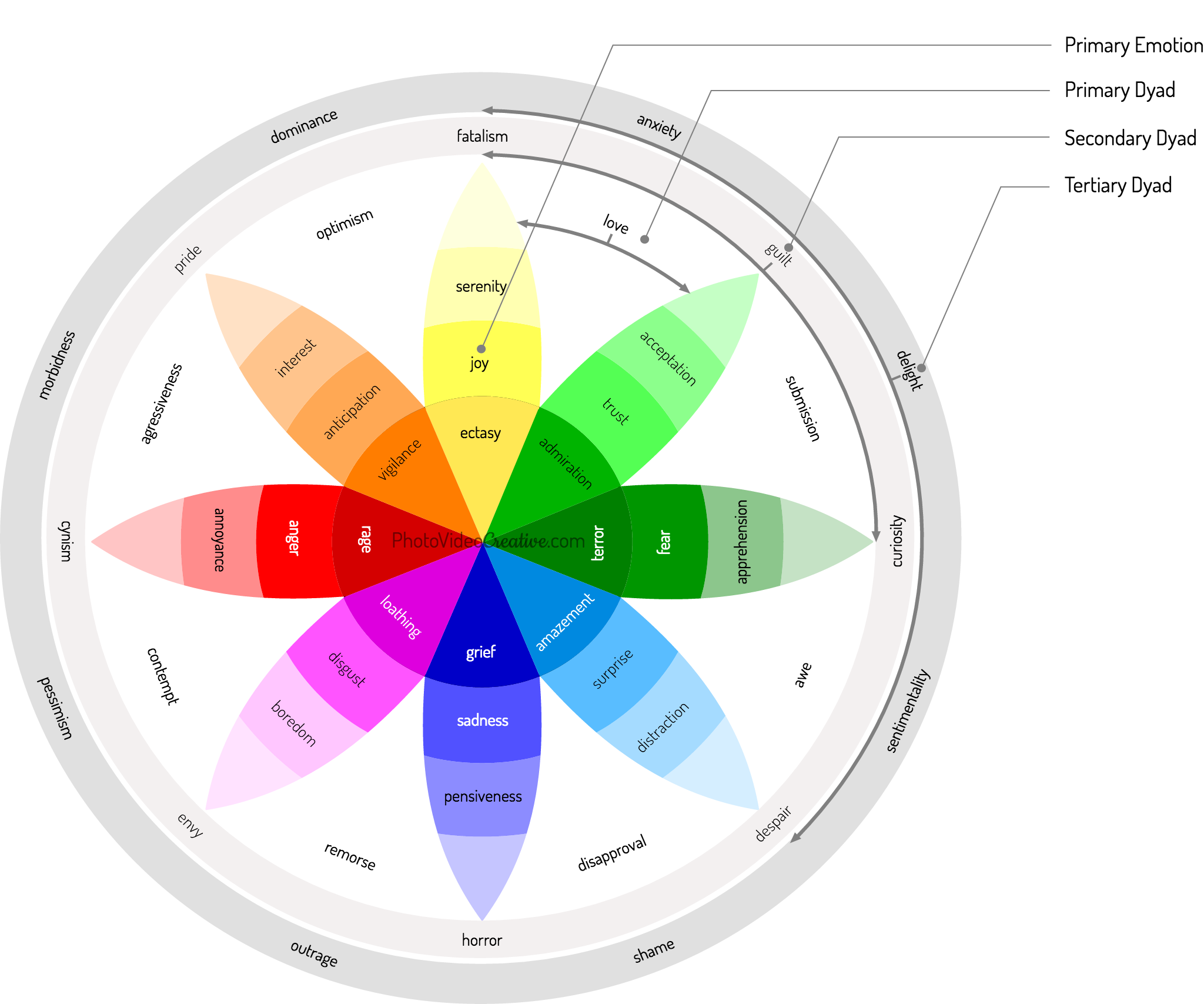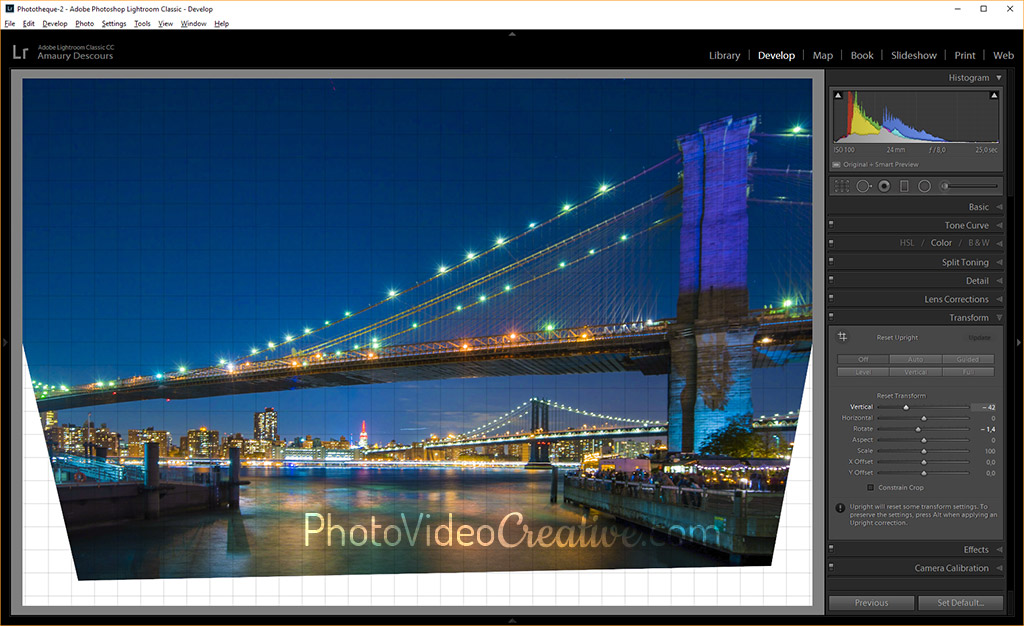
Have you ever noticed that as soon as you lift the nose of your lens, your photo shows you a building ready to fall or topple? Yet when you take your eyes off your screen or viewfinder, everything stands right for you. This phenomenon is the vertical perspective! Many novice photographers are not aware of this geometric effect which nevertheless has unconscious and emotional consequences.
I will share with you:
- What is the vertical perspective
- Why we do not see the same thing as our camera
- A reminder about the theory of emotions
- The emotions related to the vertical perspective
- How to correct the vertical perspective in your photo
Before We Begin
Succeeding in making remarkable photos means provoking emotions as close as possible as those you felt during shooting. Focused on the theory of emotions, I designed a 6-step method for learning photography first with what you feel. Development is the 5th step to achieve. Among the 6 major development techniques to know, there are the techniques for correcting the geometry of your photo: the development of the right vertical perspective is one of them.

What Vertical Perspective is: A Converging Lines Effect

Perspective is the effect that gives foreground objects a larger size than objects in the background. A camera faithfully reproduces all the effects of perspective where they are. Whether horizontal or vertical.
In the photo above, the Brooklyn Bridge as captured by my camera has the top of its pillar on the right that converges to the center giving the impression of falling to the side. Why that ? When the lens of the camera frames the entire pillar while being low-angle, the top of the pillar is at a distance farther from the camera than the bottom of the pillar. Perspective resulting in the magnification of objects that are near us compared to objects further from us, the phenomenon of convergent vertical lines appears! The vertical perspective makes the verticals become oblique in your photo.
Why We Do Not Perceive The Vertical Perspective: The Role Of Our Brain

Our vision system is very sophisticated. In particular, our brain helps to see in depth through the interpretation of perspective if we look around us horizontally. So, if you are in the middle of a straight road, the further you look, the more the two sides of the road converge: that’s horizontal perspective.
However, when you are facing a building and you raise your head, the perspective effect is erased by our brain: the top and bottom of the building keep the same proportions as when looking horizontally. Thus, the lines of the building remain vertical: our brain keeps the horizontal perspective, but corrects the vertical perspective!
What is this oddity? Our vision system is the result of evolutions over millions of years: the correction of the vertical perspective had to be a factor of survival helping us to better orient ourselves in space with vertical lines that remain…vertical!
A Quick Reminder About The Theory of Emotions
All types of emotions that we feel can be represented on a wheel with 8 primary emotions according to the theory of emotions of Plutchik. These primary emotions come in varying intensities (the most intense are at the center) and combine in 24 other emotions through dyads.

Emotions Related To The Vertical Perspective
Because of the vertical perspective, seeing a building, a monument, or a person who seems to be strangely falling in your photo is not natural.
When the vertical perspective effect is visible in your photo, the emotions you provoke are:
- Surprise
- Curiosity (Surprise + Confidence)
- Fear
- Submission (Fear + Confidence), Awe (Fear + Surprise), Guilt (Fear + Joy), Anxiety (Fear + Anticipation), Despair (Fear + Sadness)
Often, the vertical perspective is an undesirable effect that at best interferes with the emotions you have captured and want to share, at worst causes emotional counter-sense.
But it may also be a choice assumed, if it fully corresponds to your emotions because you are shooting at low angle.
How To Correct The Vertical Perspective Of Your Photo
Many photo development / editing applications offer perspective correction. On mobile and tablet, Google Snapseed offers a very powerful perspective correction function, both fro vertical and horizontal. Ultimate refinement, Google Snapseed knows how to intelligently complete the holes left by pronounced corrections. It’s up to you to judge if this filling is done correctly.

Strangely enough, Adobe Lightroom Mobile stil does not offer any perspective correction (it will come some day as it is a feature in Adobe Lightroom CC).
On computer, Adobe Lightroom Classic or CC offer automatic or manual perspective correction. But Adobe Lightroom Classic nor CC does not know how to fill the holes like Google Snapseed: it is then necessary to switch in Adobe Photoshop to make smart content-aware filling.
Affinity Photo is also a very good choice, especially considering its low price.

Let’s Go On Together!
Learn how to photograph with my 6-step method to make your photos first with your emotions. An intuitive approach that focus on what you are feeling, before considering any tools and techniques!
Then understand why development in photography is essential in the expression of your emotions and explore the different geometry correction techniques:
- The leaning horizon line
- The imbalance of the vertical perspective (this post)
- The curved deformation of fisheye effect
Do not miss my future posts to better capture and share your emotions in picture: subscribe to my newsletter and get a free eBook!
Do you like what you’ve learned? Share this article with your loved ones!